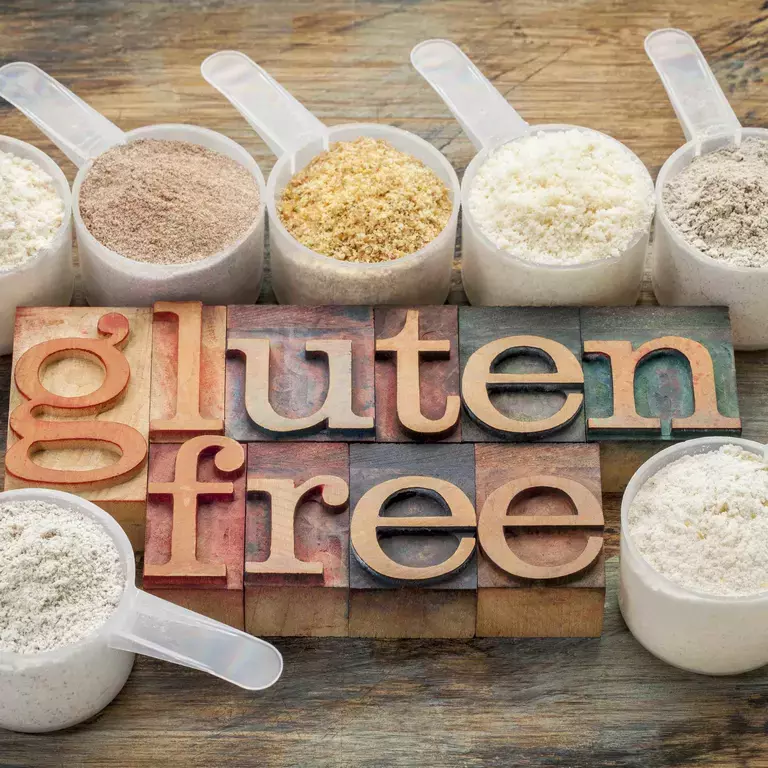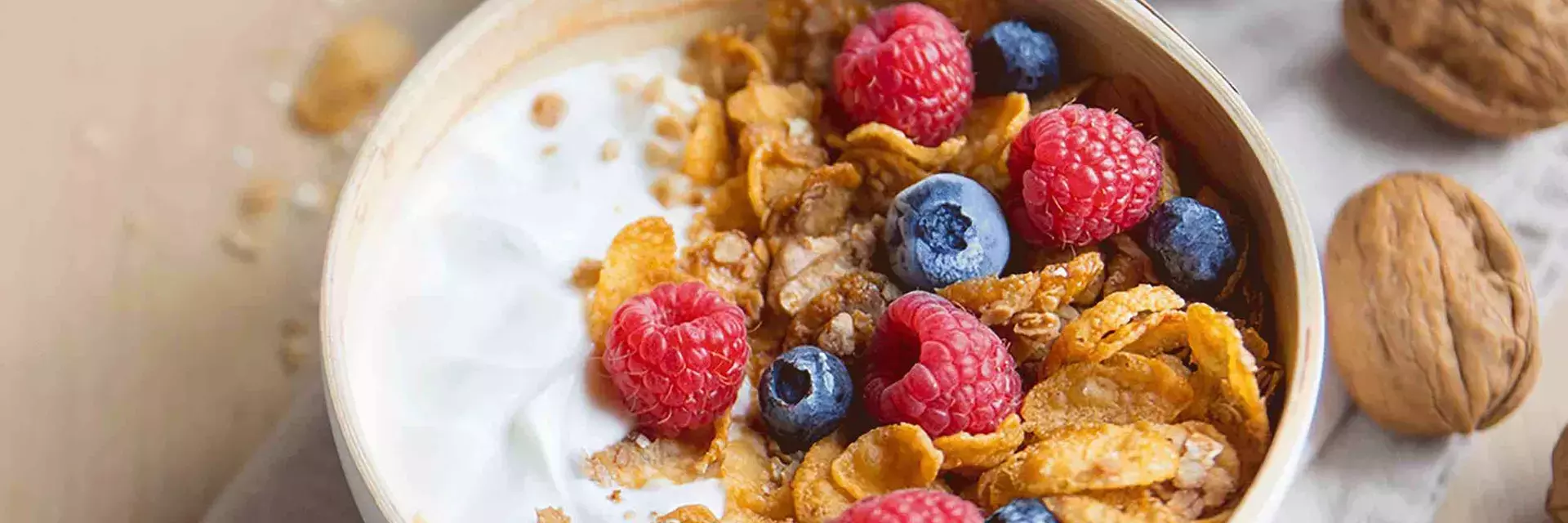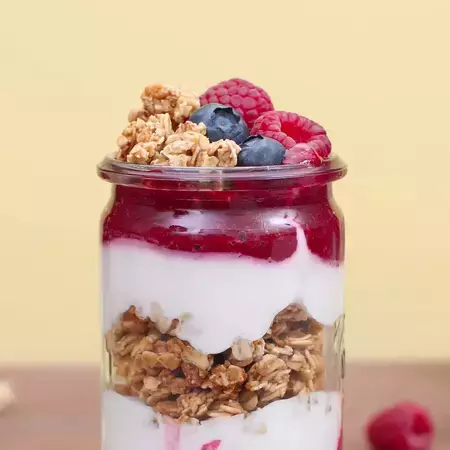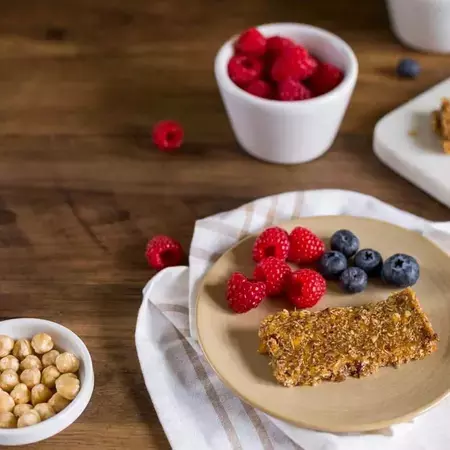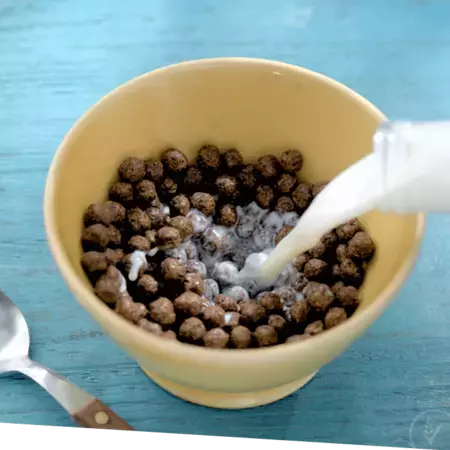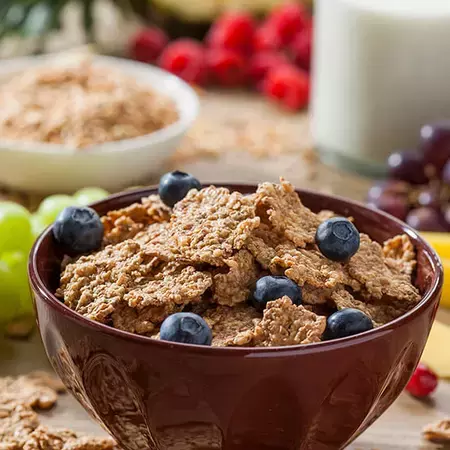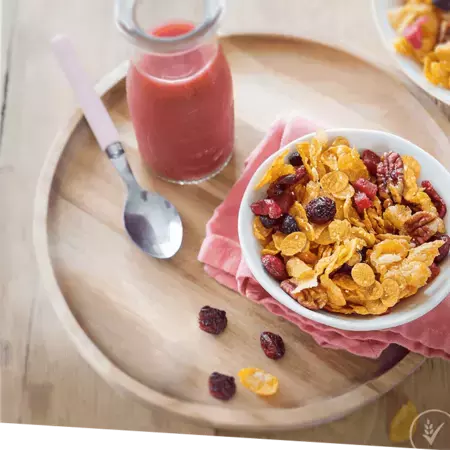As diets change and more is learnt about food intolerance, it is our job at Nestlé Breakfast Cereals to provide for those of you who want to have something different on your breakfast table. If you have to go gluten-free, we now have some great gluten free breakfast options for you.
So what is gluten intolerance?
You might already be convinced to give our NESTLÉ GOFREE ® Cereals a try, but if you want to know a bit more about gluten intolerance and what it means, read on …
Gluten is a protein found in grains like wheat, barley and rye. Gluten intolerance refers to the entire category of gluten issues, including coeliac disease and non-coeliac gluten sensitivity. Symptoms vary from person to person and can include bloating, diarrhoea, nausea, vomiting, fatigue and stomach pain. Coeliac disease is the most severe form of gluten intolerance. People with this autoimmune disorder cannot eat any gluten at all because the symptoms are so severe. But there are some people who are simply sensitive to gluten, and just feel better in themselves when they avoid it or reduce it in their diet.
What is Coeliac disease?
Coeliac disease (pronounced see-liac) is a lifelong disease, caused by the immune system reacting to gluten.
It affects one in 100 people in most populations, but only about a quarter of them have actually been diagnosed.
When someone with coeliac disease eats gluten, their immune system reacts and damages the lining of the small intestine.
Symptoms of coeliac disease can range from mild to severe and may include:
- Bloating
- Diarrhoea
- Nausea
- Wind
- Constipation
- Tiredness
- Headaches
- Mouth ulcers
- Sudden or unexpected weight loss
- Hair loss
- Anaemia
The only way to manage coeliac disease is to follow a lifelong gluten free diet.
Myths about coeliac disease https://www.coeliac.org.uk/coeliac-disease/myths-about-coeliac-disease
Gluten Free breakfast without the compromise
You may be wondering exactly which cereal is gluten free?
Our NESTLÉ GOFREE Corn Flakes come in traditional and honey flavours, and the Rice Pops are also available in Coco.
They're so tasty the whole family can join in if they want to. They are also fortified with vitamins and minerals to give you essential nutrients in every bowlful.
Where will I find them?
Sometimes you’ll find our GLUTEN FREE Corn Flakes in the ‘free-from’ aisle, but most of the time they’ll be in the usual cereal aisle. And you’ll also find they’re affordably priced.
Be sure to check out the rest of our GOFREE Range, if you'd like some more gluten free breakfast ideas.
